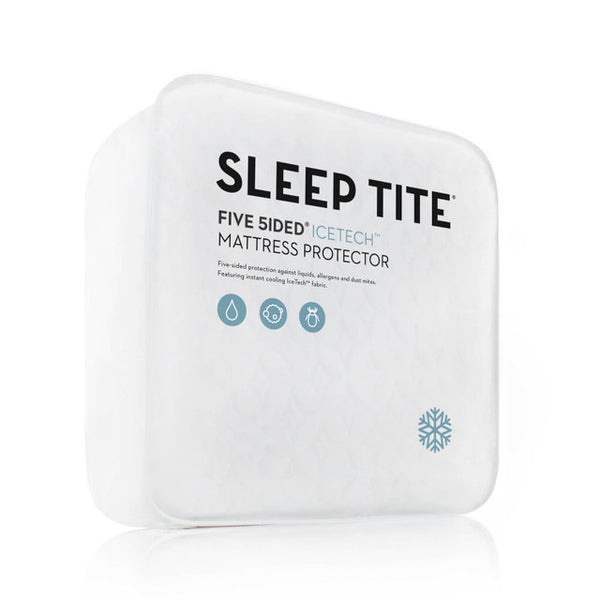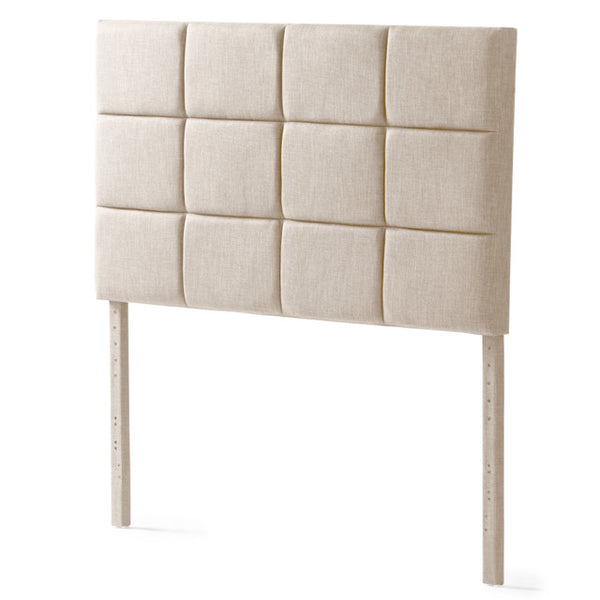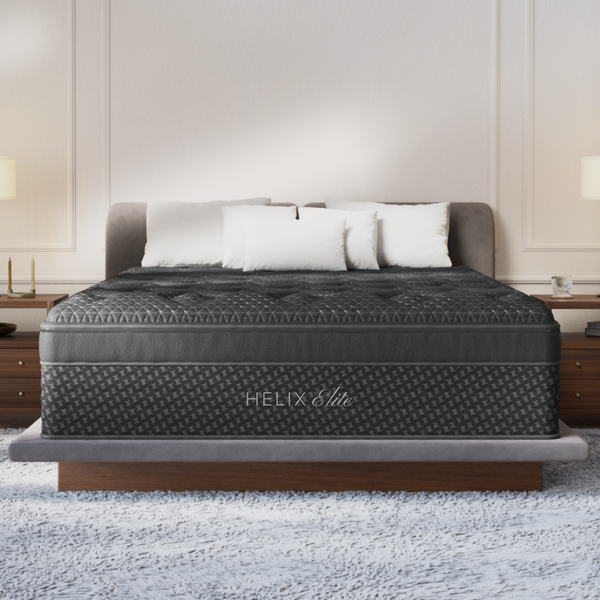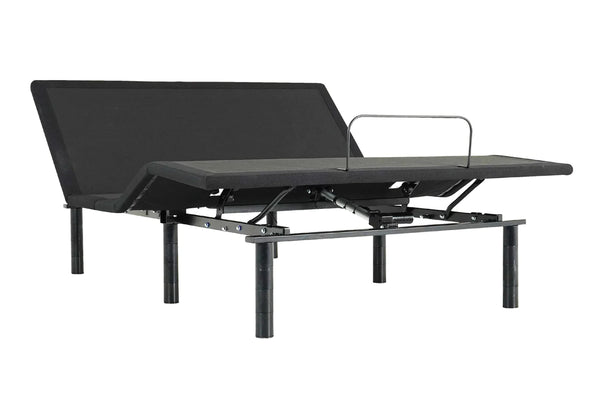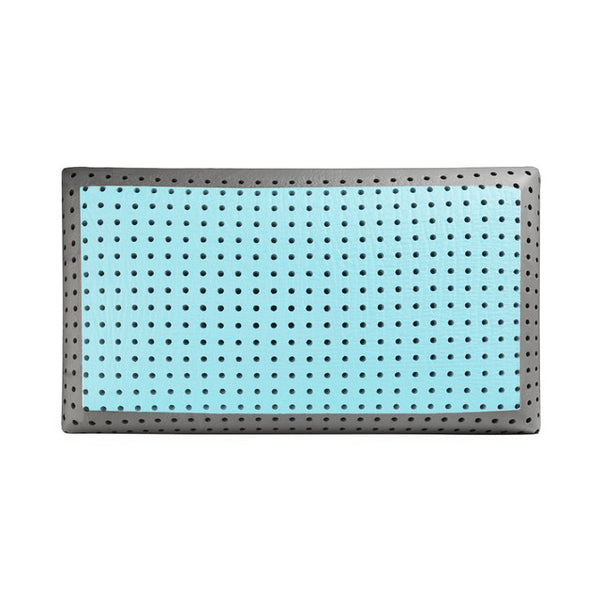
Frequently Asked Questions
1. What is the importance of mattress maintenance?
2. How often should I rotate or flip my mattress?
3. What are some tips for keeping my mattress clean?
4. How can I control the temperature and humidity for my mattress?
The mattress is one of the most significant investments you’ll make for your home. It directly affects your sleep quality and overall health. Yet, many overlook the importance of proper mattress maintenance. This guide will cover essential tips for keeping your mattress in top condition, ensuring its longevity, and enhancing your sleep experience.
Understanding Your Mattress
Before diving into maintenance tips, it's crucial to understand the types of mattresses available. Common types include:
- Innerspring: Traditional and supportive, with coils providing bounce and breathability.
- Memory Foam: Moldable and contouring, excellent for pressure relief but can trap heat.
- Latex: Natural and durable, offering a responsive feel and great breathability.
- Hybrid: A combination of materials, often featuring both coils and foam or latex.
Knowing your mattress type will help you understand the best way to care for it. Now, let’s explore the top tips for maintaining your mattress.
Regular Rotation and Flipping
One of the simplest ways to extend the life of your mattress is to rotate it periodically. Depending on the type of mattress you have:
- Innerspring: Rotate every 3-6 months to avoid sagging.
- Memory Foam & Latex: Typically designed to be one-sided, so rotation is enough.
- Flippable Mattresses: These can benefit from flipping every 6-12 months.
By rotating your mattress, you promote even wear, which can enhance comfort and prolong its lifespan.
Keep It Clean
Cleaning your mattress is vital for hygiene and maintenance. Here are some pointers for keeping your mattress spotless:
Dust and Debris Removal
Vacuum your mattress every one to two months using an upholstery attachment. Pay attention to seams and crevices to remove dust and allergens.
Stains and Odors
If you encounter stains, spot-clean using a mild detergent mixed with water. Always test a small area first. For odors, sprinkling baking soda across the surface can absorb unwanted smells. Leave it for a few hours and vacuum it off.
Invest in Mattress Protectors
A high-quality mattress protector is a wise investment. It acts as a barrier against spills, stains, and dust mites, significantly prolonging the life of your mattress. Choose a protector that is breathable and easy to wash. This simple addition can save you from costly replacements.
Temperature Control
Temperature plays a significant role in mattress maintenance. Excess heat can lead to premature wear, especially in foam mattresses. Consider the following tips to control temperature:
- Adjust your room’s thermostat based on the seasons.
- Utilize breathable sheets and covers to enhance airflow.
- Keep your mattress well-ventilated—avoid placing it against walls without space for airflow.
Keeping your bed comfortable not only preserves your mattress but also helps in getting a good night’s sleep.
Watch Your Weight
While mattresses are designed to support weight, using them beyond their recommended capacity can lead to sagging or damage. Here are a few guidelines to consider:
- Check manufacturer weight recommendations to prevent excessive compression.
- When sharing a bed, ensure that weight is evenly distributed.
This will help maintain structural integrity while providing adequate support.
Mind Your Bedtime Habits
Your nightly routine can greatly affect the wear and tear on your mattress. Consider adopting these habits:
- Remove shoes: Entering your bed with shoes can bring dirt and debris that may damage the fabric over time.
- Avoid eating in bed: Crumbs can attract pests and cause stains.
- Limit pets on the bed: While they’re adorable companions, pets can bring in dirt and scratches that compromise your mattress.
By being mindful of your habits, you can keep your mattress in pristine condition.
Professional Cleaning
While regular maintenance is essential, consider scheduling professional cleaning every couple of years. Professionals have the tools and expertise to deep clean your mattress, tackling stains and sanitizing it thoroughly—extending its lifespan even further.
Understanding the Warranty
Most mattresses come with a warranty that covers specific issues such as defects. To make sure you’re protected:
- Familiarize yourself with the warranty terms and conditions.
- Follow all care instructions provided by the manufacturer.
- Keep your receipt and warranty documentation in a safe place.
Understanding your warranty can help you make claims if necessary, allowing you to maintain comfort without incurring additional costs.
Replace Your Mattress When Needed
Even with the best care, all mattresses have a lifespan. Typically, a high-quality mattress lasts between 7 to 12 years. Watch for signs of aging:
- Visible sagging or lumps.
- Persistent odors that can't be removed.
- Loss of support, causing discomfort during sleep.
If you notice these signs, it may be time to consider investing in a new mattress. Your health and well-being deserve it!
Invest in Quality
When purchasing a new mattress, always prioritize quality over price. While it might be tempting to go for the cheaper option, investing in a high-quality mattress will save you money in the long run. It will provide support, enhance your sleep, and require less frequent replacement.
The Importance of Pillow and Sheet Maintenance
Mattress maintenance doesn't stop with the mattress itself. Pillows and sheets also require regular attention. Follow these tips:
- Wash your sheets every 1-2 weeks to maintain cleanliness.
- Choose pillows that complement your mattress type; this can enhance your overall sleeping experience.
- Replace pillows every 1-2 years to ensure proper support.
Customize Your Sleep Environment
Your entire sleep environment affects your mattress longevity. Customize your space for the best results:
- Invest in quality sheets that fit your mattress correctly.
- Keep a consistent sleep schedule to maintain a healthy sleep routine.
- Control light and sound levels to improve your sleep quality.
Your mattress and sleep quality can be dramatically improved by creating an optimal sleeping environment.
Seek Professional Guidance
If you're unsure about any aspect of mattress maintenance, don’t hesitate to seek advice from professionals. Mattress experts can offer tailored tips based on your specific mattress type and lifestyle, ensuring you get the most out of your investment.
A Lasting Sleep Sanctuary
With these maintenance tips, you can ensure that your mattress remains in great condition for years to come. By adopting proper care, you not only enhance the longevity of your mattress but also improve your sleep experience. A well-maintained mattress is essential for good health and well-being. So go ahead, care for your mattress like it cares for you—because quality sleep is the key to a vibrant life!


